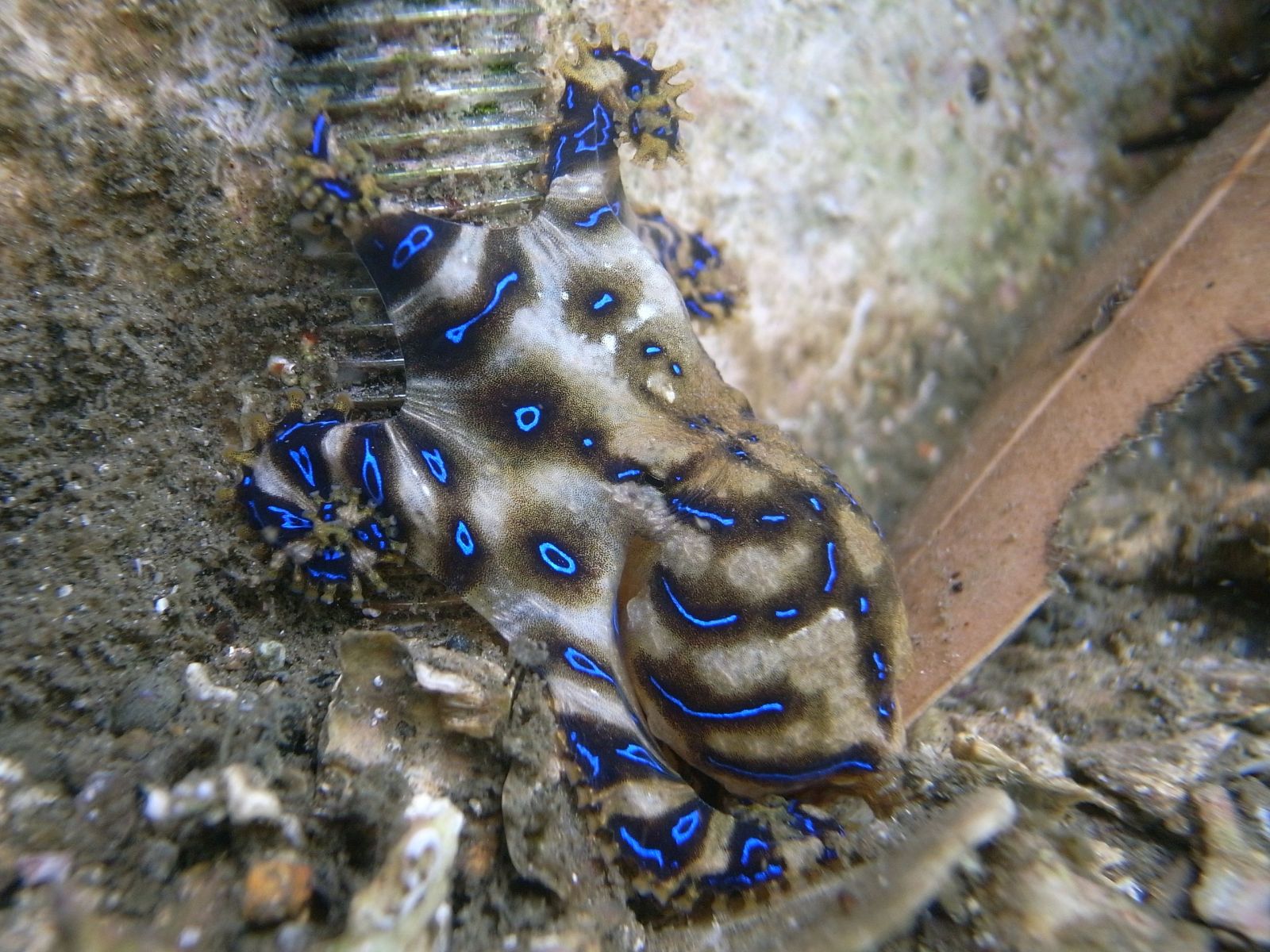💀 This octopus kills with venom 1200 times more toxic than cyanide, and there's no antidote
Follow us on Google News (click on ☆)
Among them, blue-ringed octopuses of the Hapalochlaena genus stand out for their extremely potent venom. This venom, tetrodotoxin, is a neurotoxin with no known antidote, capable of paralyzing or even killing a human within hours. Also found in pufferfish, this substance is 1200 times more toxic than cyanide.

The small but formidable blue-ringed octopus produces the most powerful venom among cephalopods.
Image Wikimedia
Contrary to what one might think, these octopuses don't produce tetrodotoxin themselves. It's synthesized by symbiotic bacteria housed in their salivary glands. This alliance allows the octopus to defend itself against predators and capture prey with formidable efficiency.
Blue-ringed octopuses also use their venom in reproduction. Males, much smaller than females, can temporarily paralyze their partner to avoid being eaten. Females, meanwhile, impregnate their eggs with toxin to protect them from predators.
Despite their danger, fatal encounters with humans are rare. In case of a bite, prompt medical assistance, including respiratory support, can save the victim's life. The effects of the venom vary considerably from one individual to another, ranging from no symptoms to death within hours.
How does tetrodotoxin affect the human body?
Tetrodotoxin blocks sodium channels in nerve cells, which are essential for transmitting electrical signals. This prevents nerves from sending messages to muscles, leading to progressive paralysis.
Without intervention, this paralysis can reach respiratory muscles, causing asphyxiation. The heart can also be affected, though this is less common.
The absence of a known antidote makes medical care crucial. Treatments focus on maintaining vital functions until the toxin is naturally eliminated by the body.
Why are blue-ringed octopuses so colorful?
The vibrant blue rings of these octopuses serve as a warning to predators. This phenomenon, called aposematic coloration, signals the animal's dangerous nature.
These colors are only visible when the octopus feels threatened. The rest of the time, it can blend perfectly into its environment.
This defense strategy complements the use of venom. It helps avoid unnecessary confrontations, thus preserving the octopus's energy.